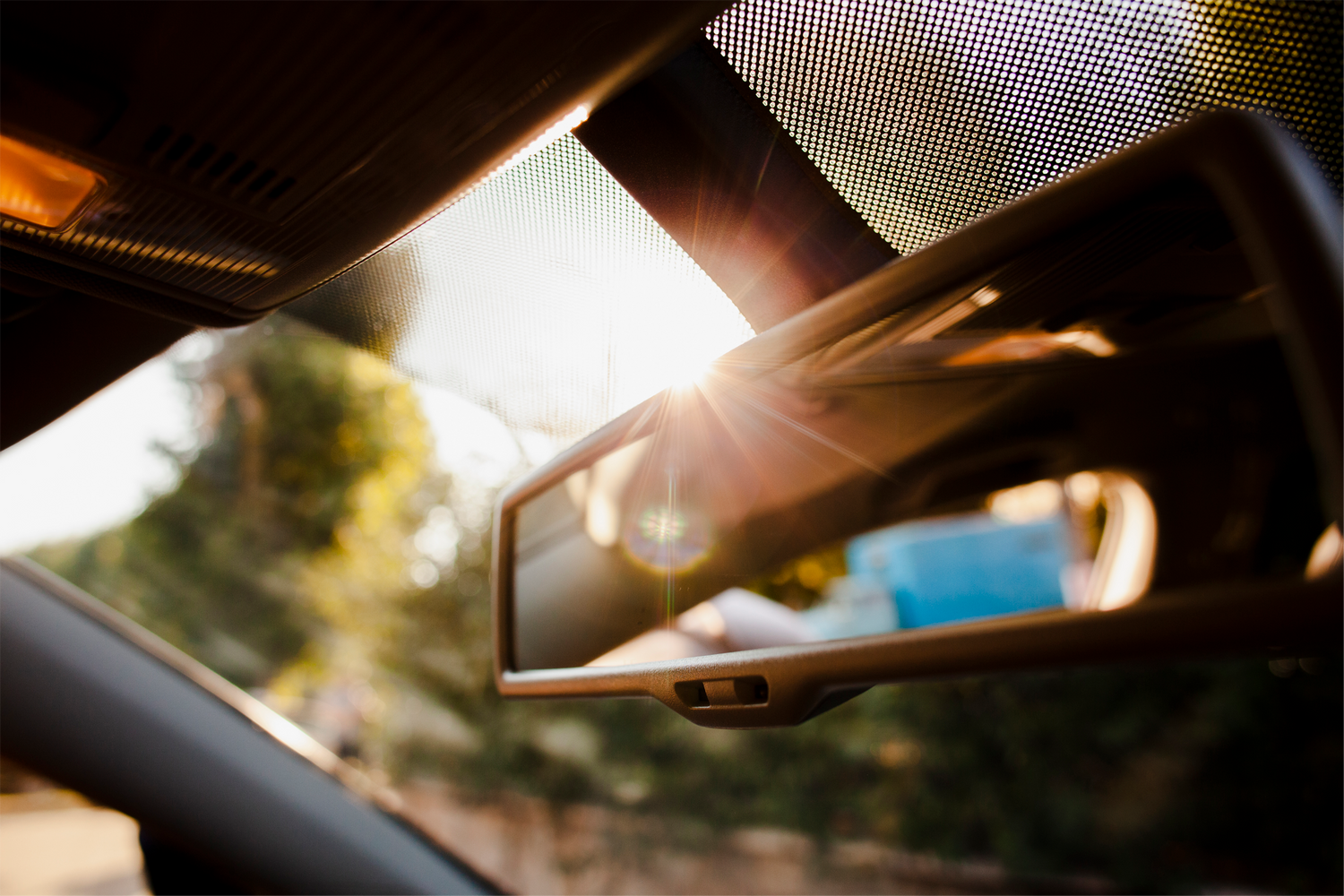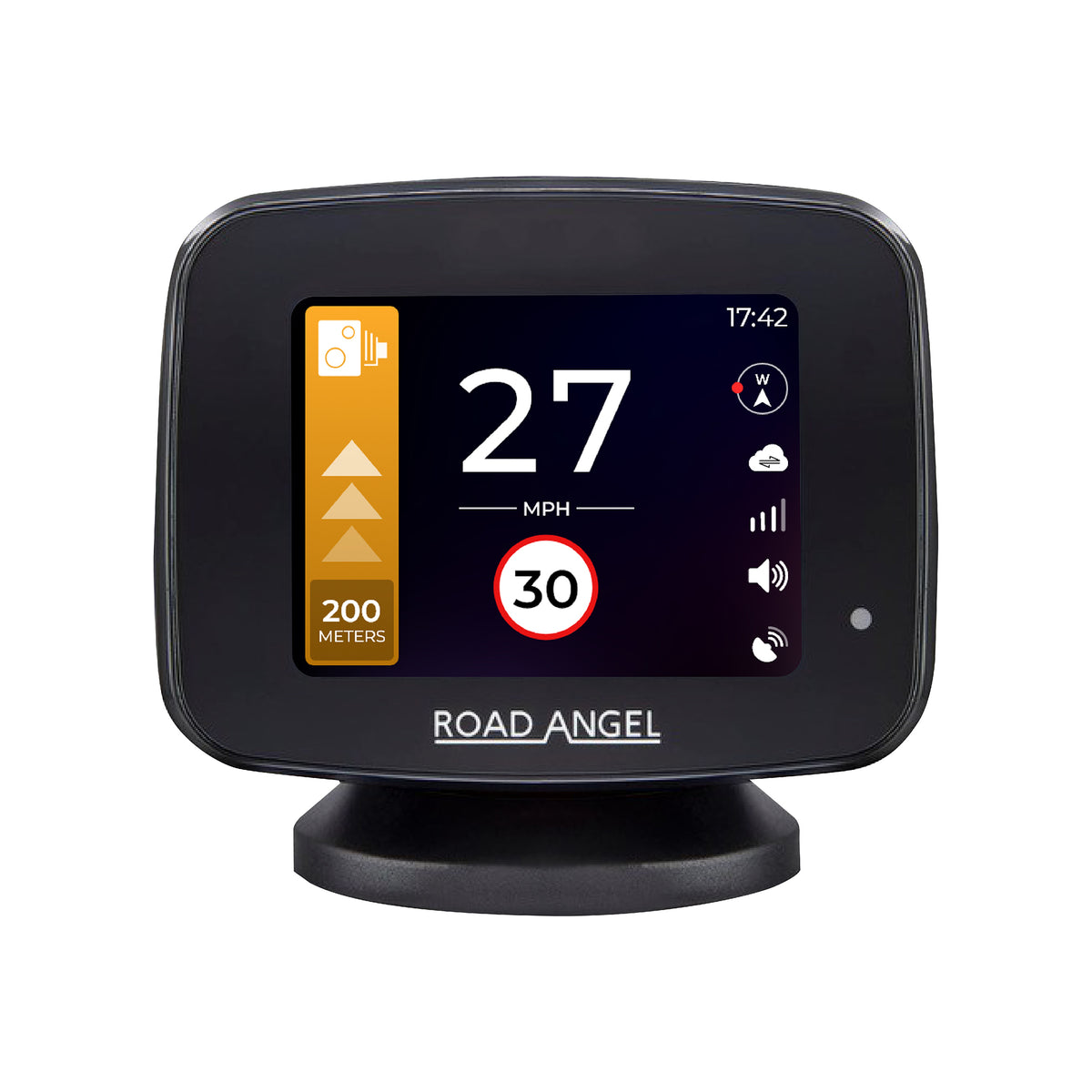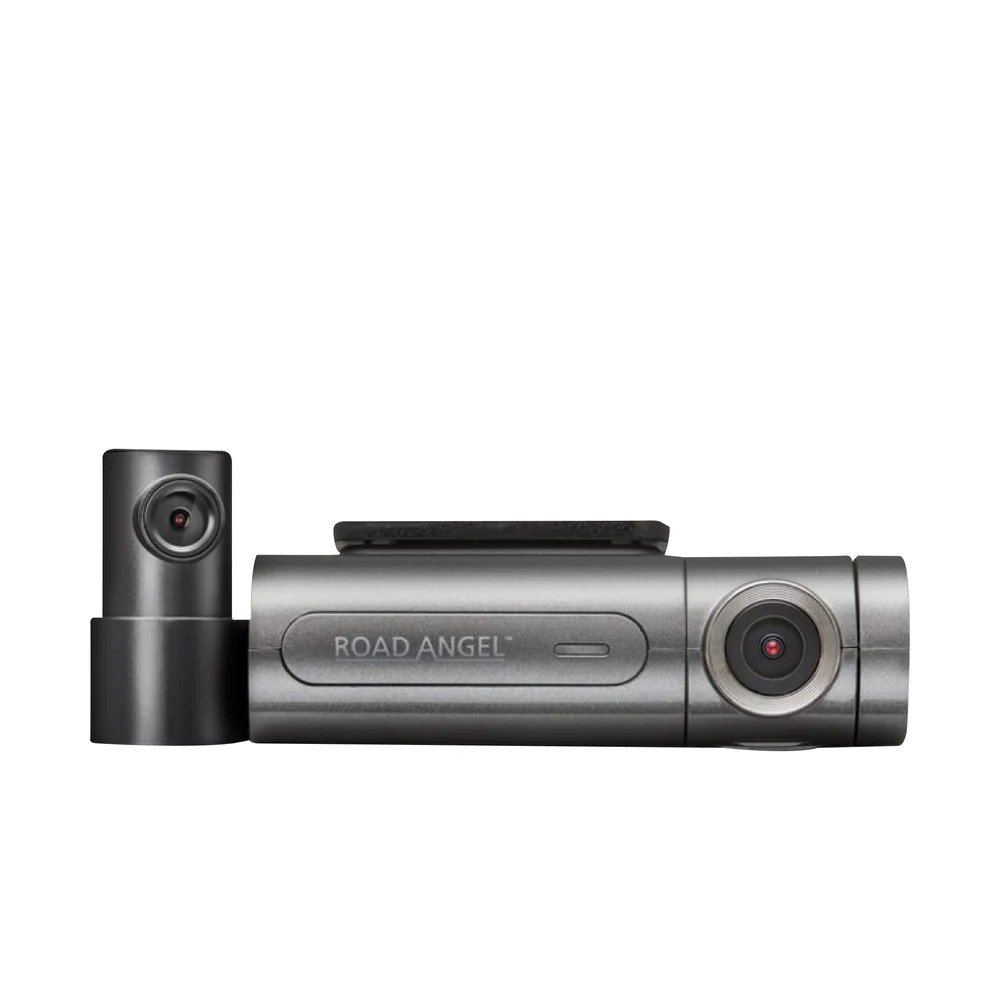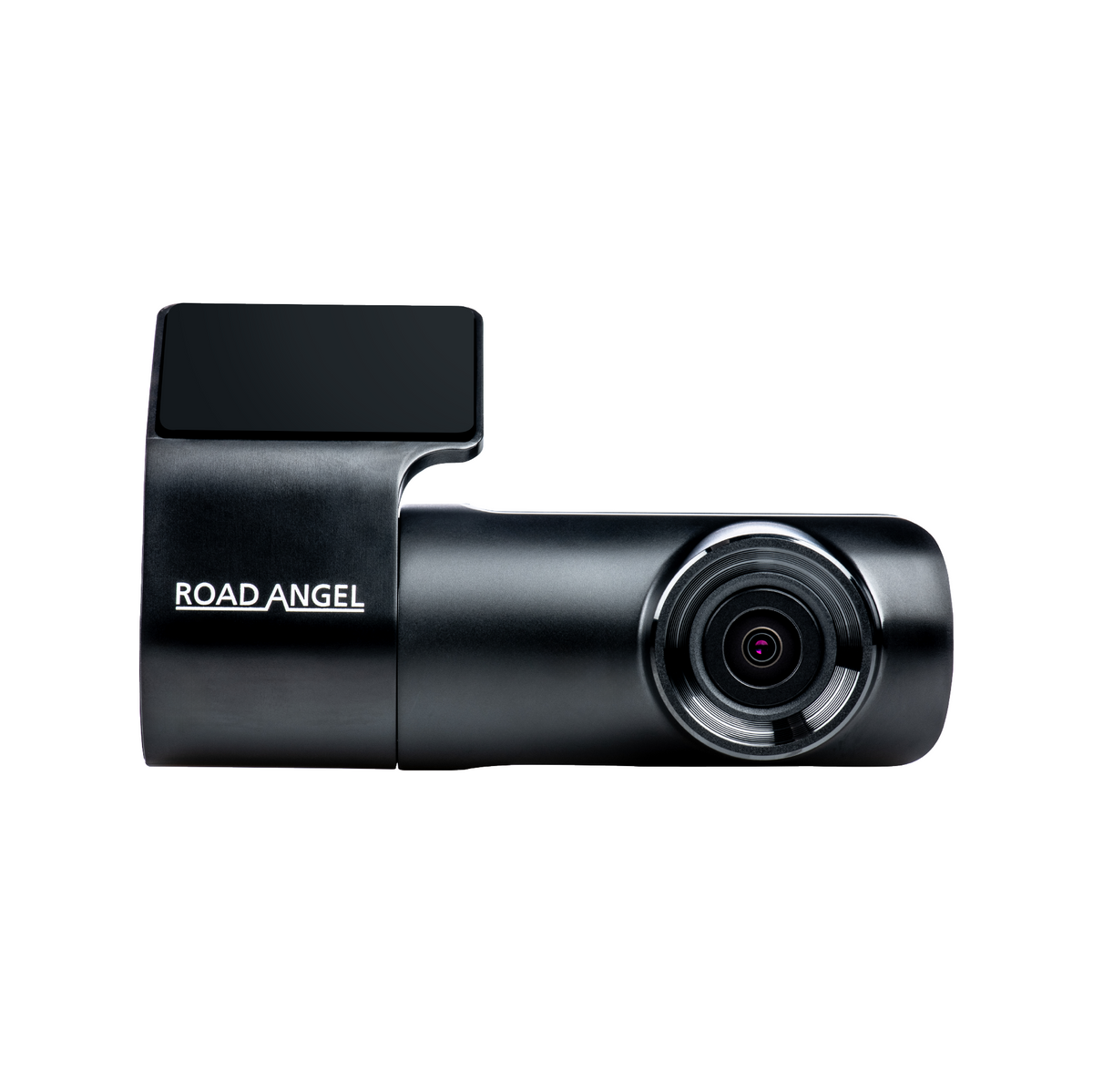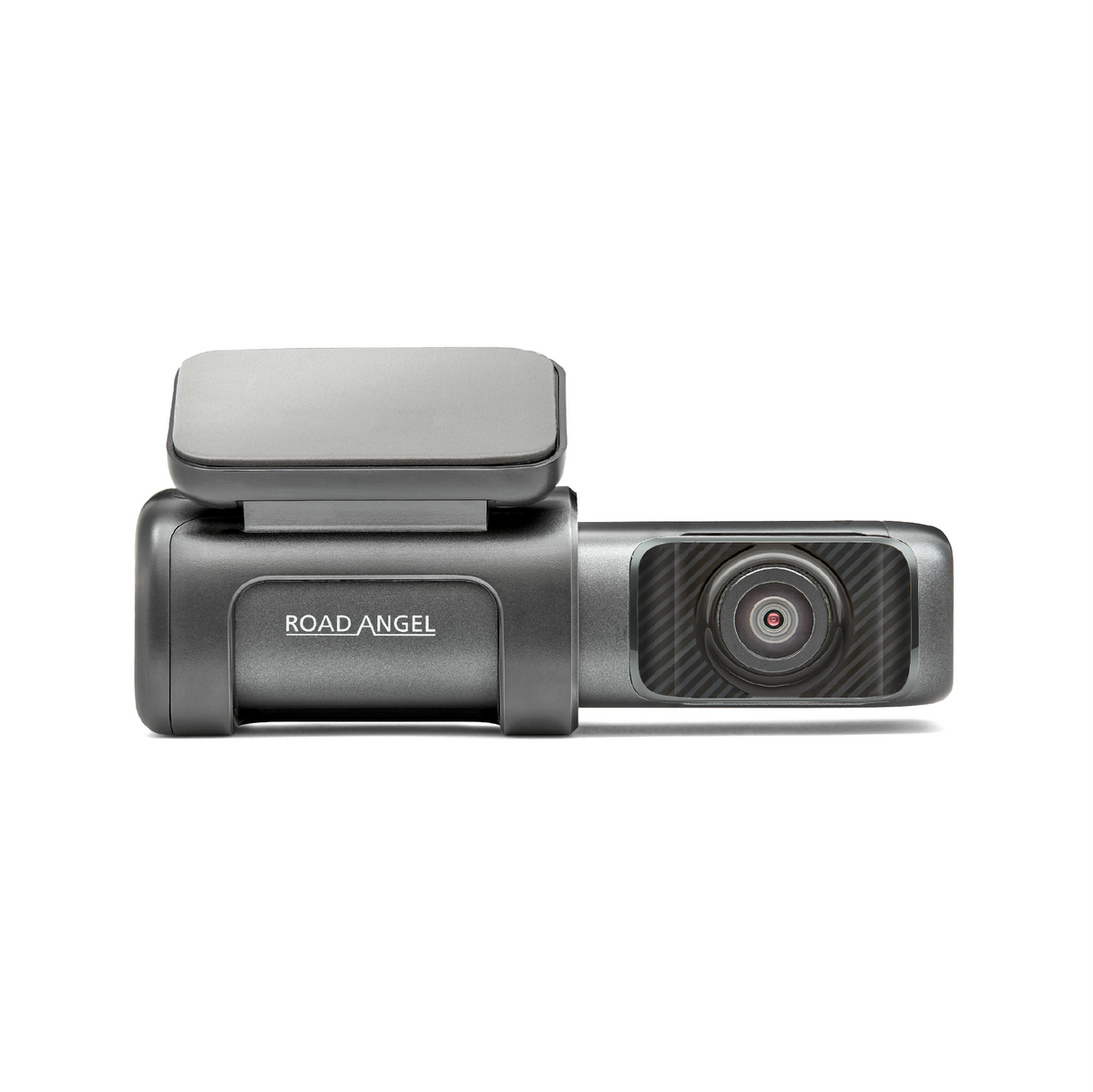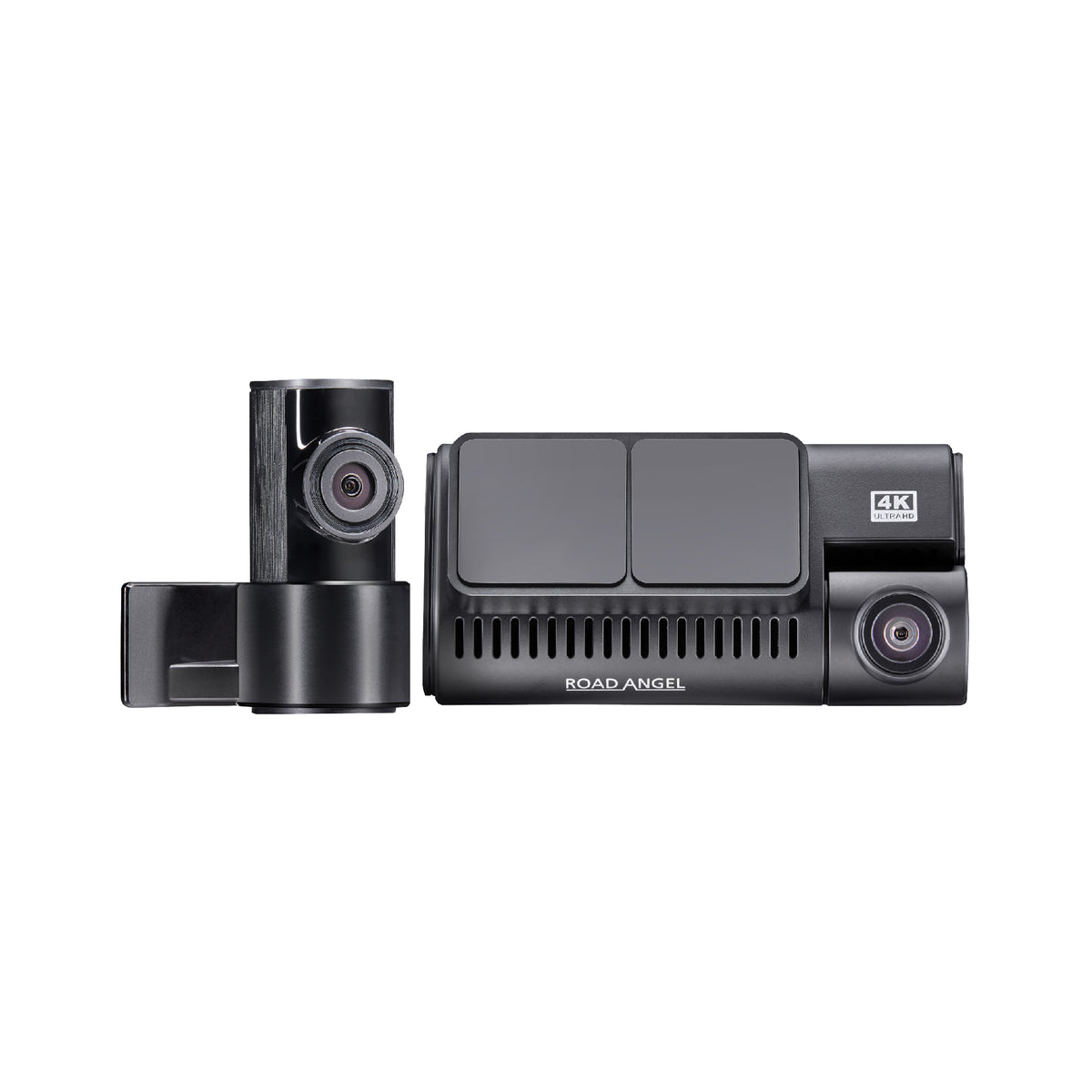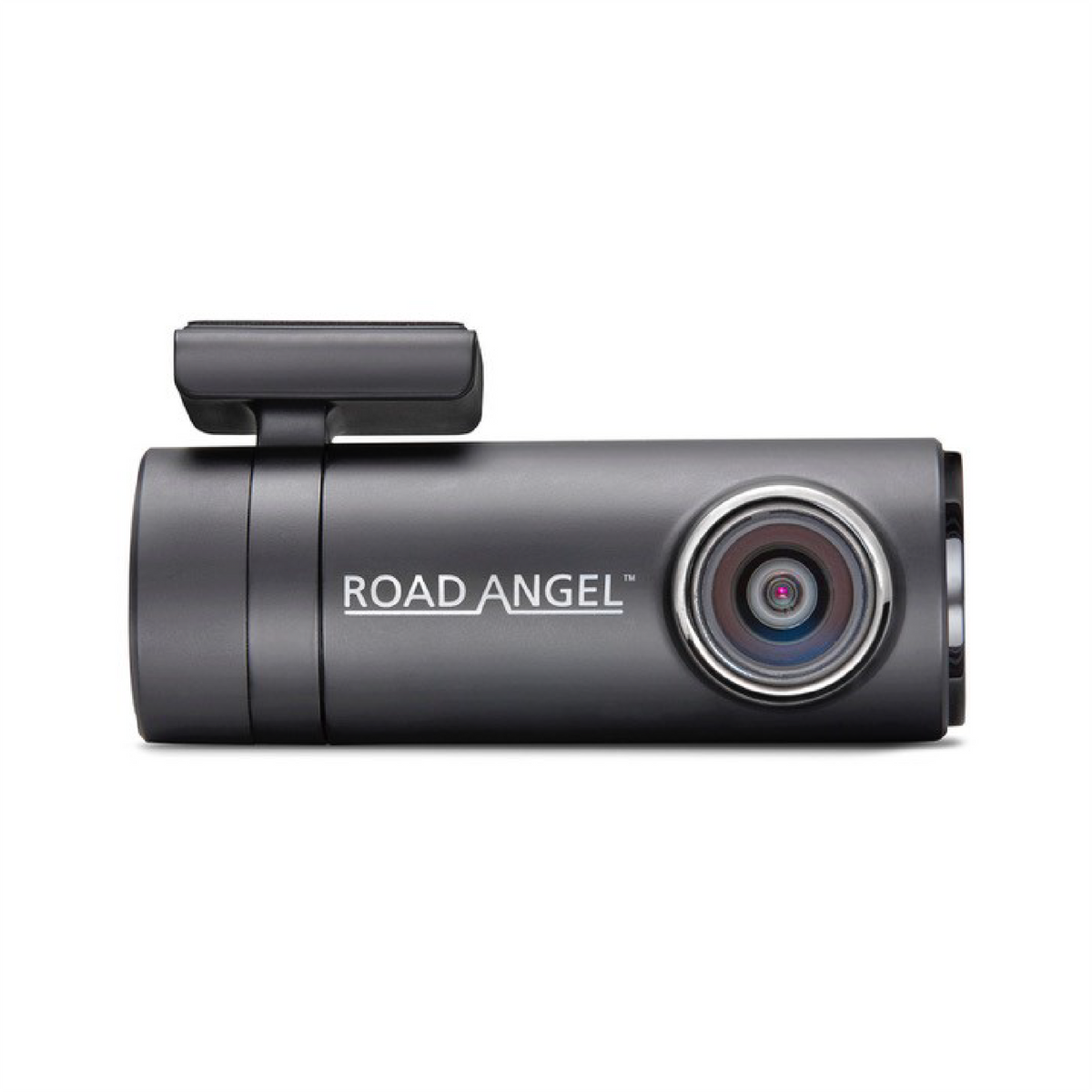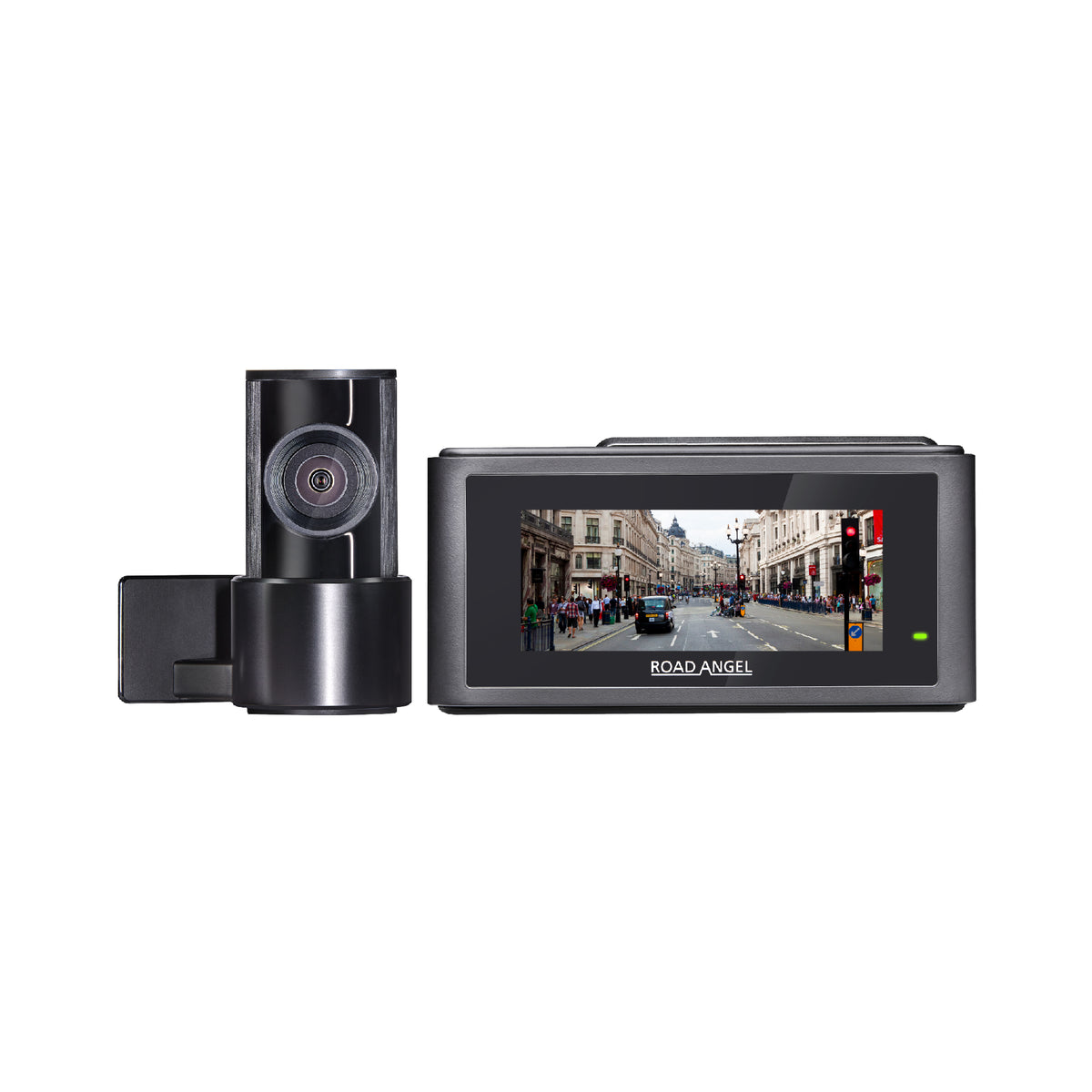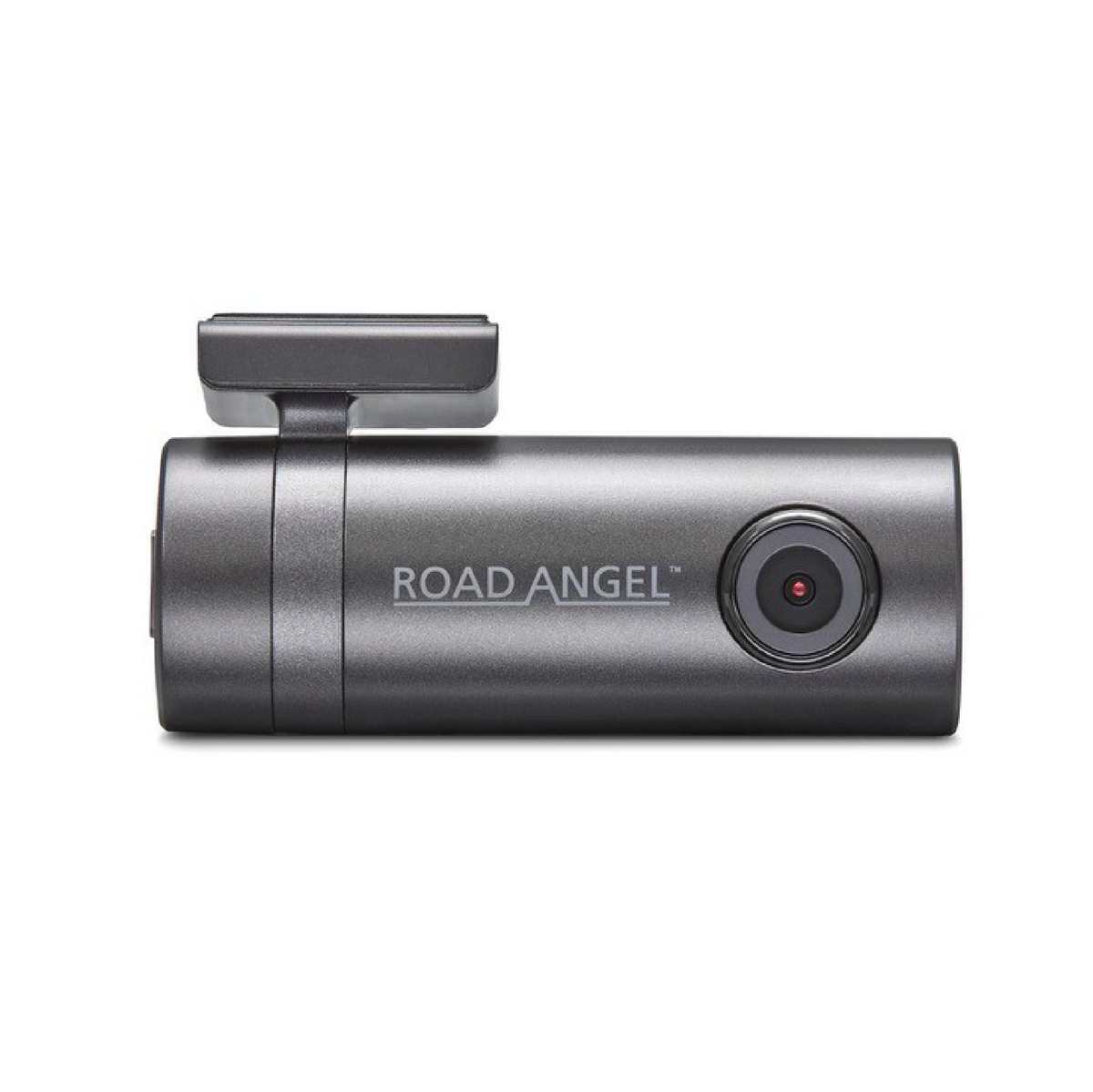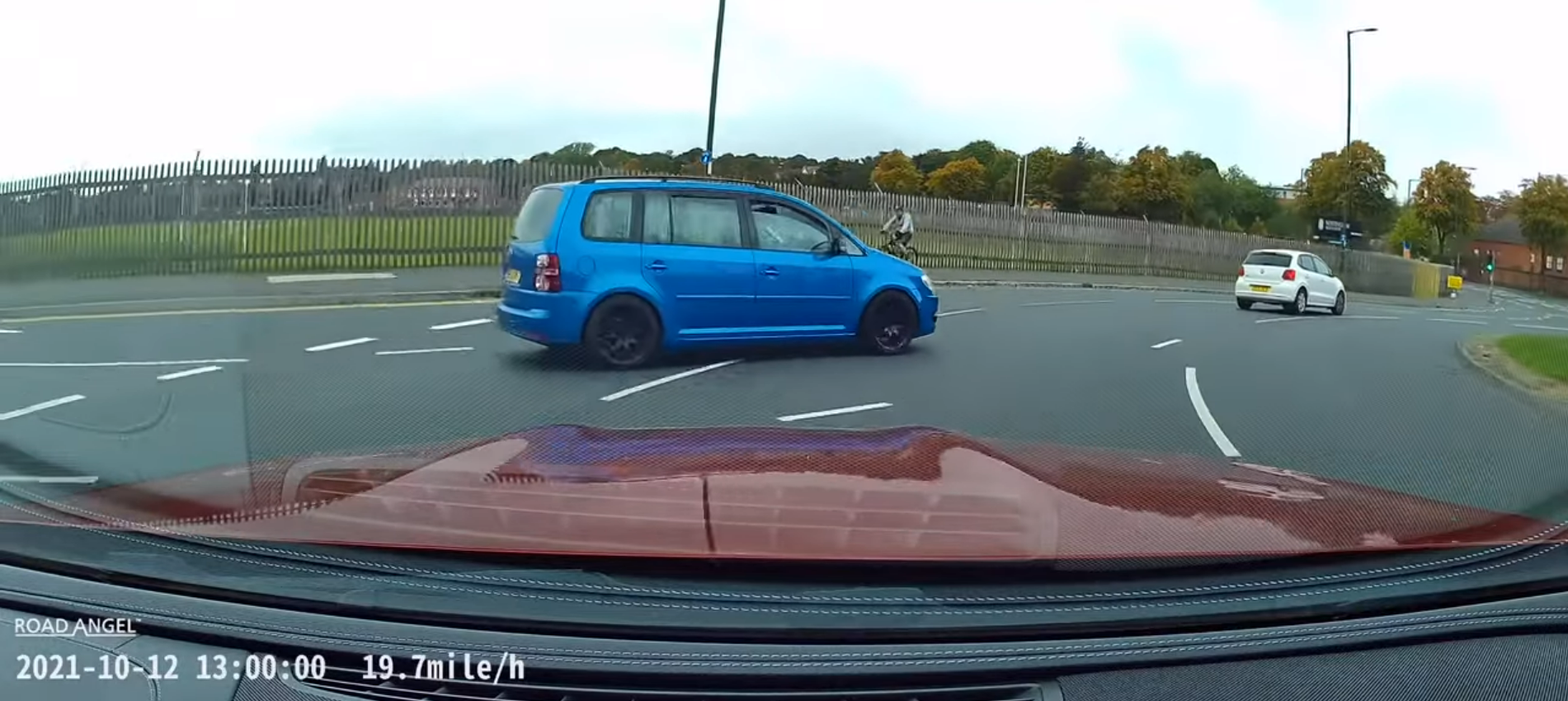Welcome to 'The Ultimate Dash Cam Installation Guide: How to Fit a Dash Cam Like a Pro,' where we unveil the step-by-step secrets to transforming your ride into a fortress of security and capturing the road's most epic moments. From choosing the perfect placement to harnessing the full potential of your dash cam, get ready to take control of your journey and become a true road-safety aficionado. So, rev up your driving experience and master the art of dash cam installation like a pro!
How to Fit a Dash Cam
So, in principal, fitting a dash cam is a very straight-forward and simple process, which will require some "car smarts" IF you're hardwiring the dash cam to the battery. Let's get into it:
-
Choose the right location: Select a suitable spot on your windshield where the dash cam will have a clear view of the road ahead without obstructing your vision. Typically, it's placed behind the rearview mirror, slightly towards the passenger side.
-
Clean the windshield: Wipe the area where you'll mount the dash cam using a microfiber cloth and a mild glass cleaner. Ensure it's free from dust, fingerprints, and any other debris.
-
Attach the mount: Most dash cams come with a suction cup or adhesive mount. Attach the mount to the chosen location on the windshield firmly, ensuring it's stable and secure.
-
Connect the power cable: Depending on your dash cam model, there are different ways to power it. Some dash cams use a 12-volt power outlet (cigarette lighter socket), while others may need to be hardwired to the vehicle's battery. Follow the instructions provided with your dash cam to connect the power cable correctly.
-
Hide the cables: To maintain a neat and tidy appearance, tuck the excess cable along the car's interior panels or under the headliner. Use cable clips or adhesive clips to secure the cable in place and prevent it from dangling or obstructing your view.
-
Adjust the camera angle: Once the dash cam is mounted and powered, adjust the camera angle to ensure it captures the desired field of view. Refer to your dash cam's instructions to make the necessary adjustments.
-
Test the dash cam: Turn on your vehicle's engine and check if the dash cam is receiving power and functioning properly. Verify that it's recording and the video quality meets your expectations.
Roughly Speaking, how Easy is it to fit a Dash Cam?
Fitting a dash cam can range from very easy to moderately easy, depending on your comfort level with handling basic tools and following instructions correctly.
Overall, if you're comfortable with basic DIY tasks and can follow instructions carefully, fitting a dash cam should be relatively easy. However, if you feel unsure or prefer to avoid any potential mistakes, seeking professional installation services can provide peace of mind and ensure a proper setup.
How Long Does it Take to fit a Dash Cam?
The entire process of fitting a dash cam, including mounting, power connection, and cable management, can take anywhere from 15 minutes to an hour & a half. Keep in mind that this is just a rough estimate, and actual time may vary based on individual circumstances such as the difficulty in hardwiring/cable management.
Do Halfords fit Dash Cams?
Halfords do fit dash cams. Funnily enough, Halfords are also our preferred partner for fitting our dash cams, with Halfords even stocking the Road Angel Halo Dash Cam range and offer packages with our dash cams, which include dash cam fitting.



